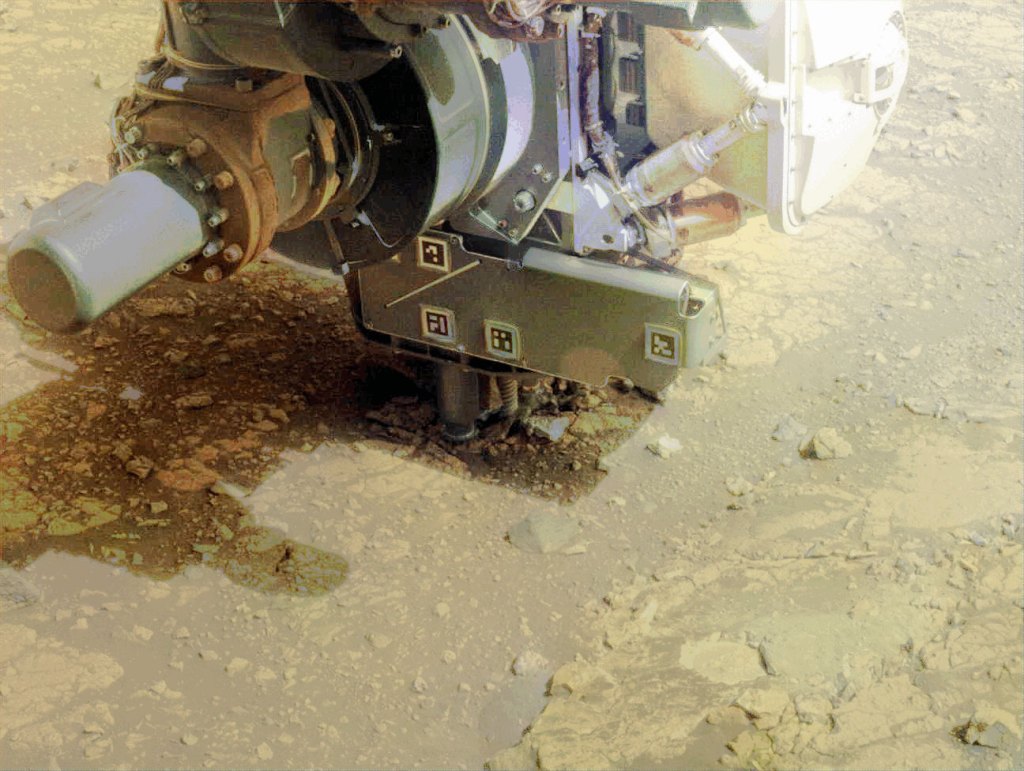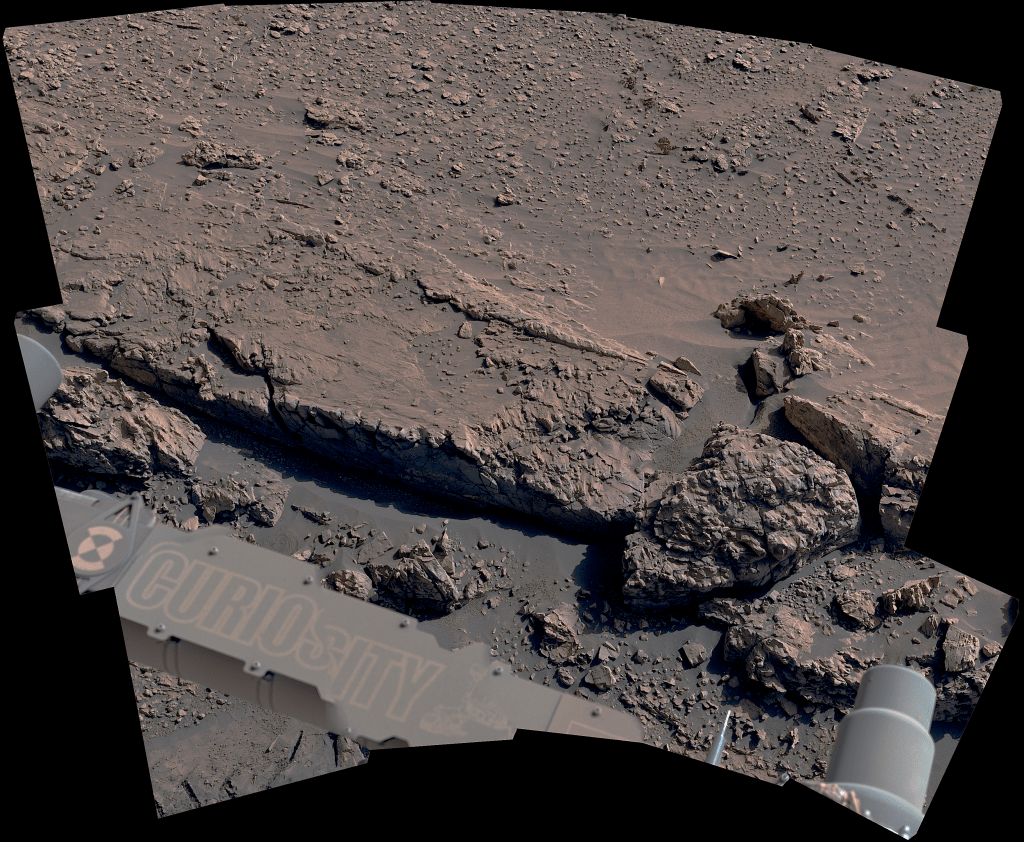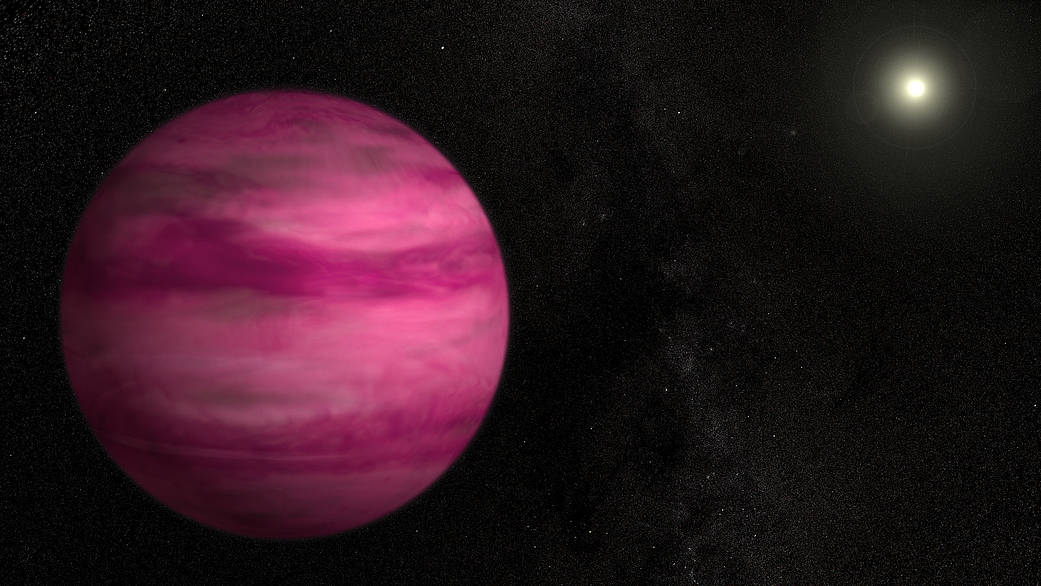If humans could travel to this giant planet, we would see a world still glowing from the heat of its formation with a color reminiscent of a dark cherry blossom, a dull magenta.
Using infrared data from the Subaru Telescope in Hawaii, astronomers discovered this gas giant orbiting a bright star named GJ 504 in 2013. Several times the mass of Jupiter and similar in size, the new world, dubbed GJ 504b, is the lowest-mass planet ever detected around a star like the sun using direct imaging techniques.
GJ 504b is about four times more massive than Jupiter and has an effective temperature of about 460 degrees Fahrenheit (237 Celsius). It orbits the G0-type star GJ 504, which is slightly hotter than the Sun and is faintly visible to the unaided eye in the constellation Virgo. The star lies 57 light-years away and researchers estimate the system is about 160 million years old, based on methods that link the star’s color and rotation period to its age.
Image Credit: NASA/Goddard Space Flight Center/S. Wiessinger
























